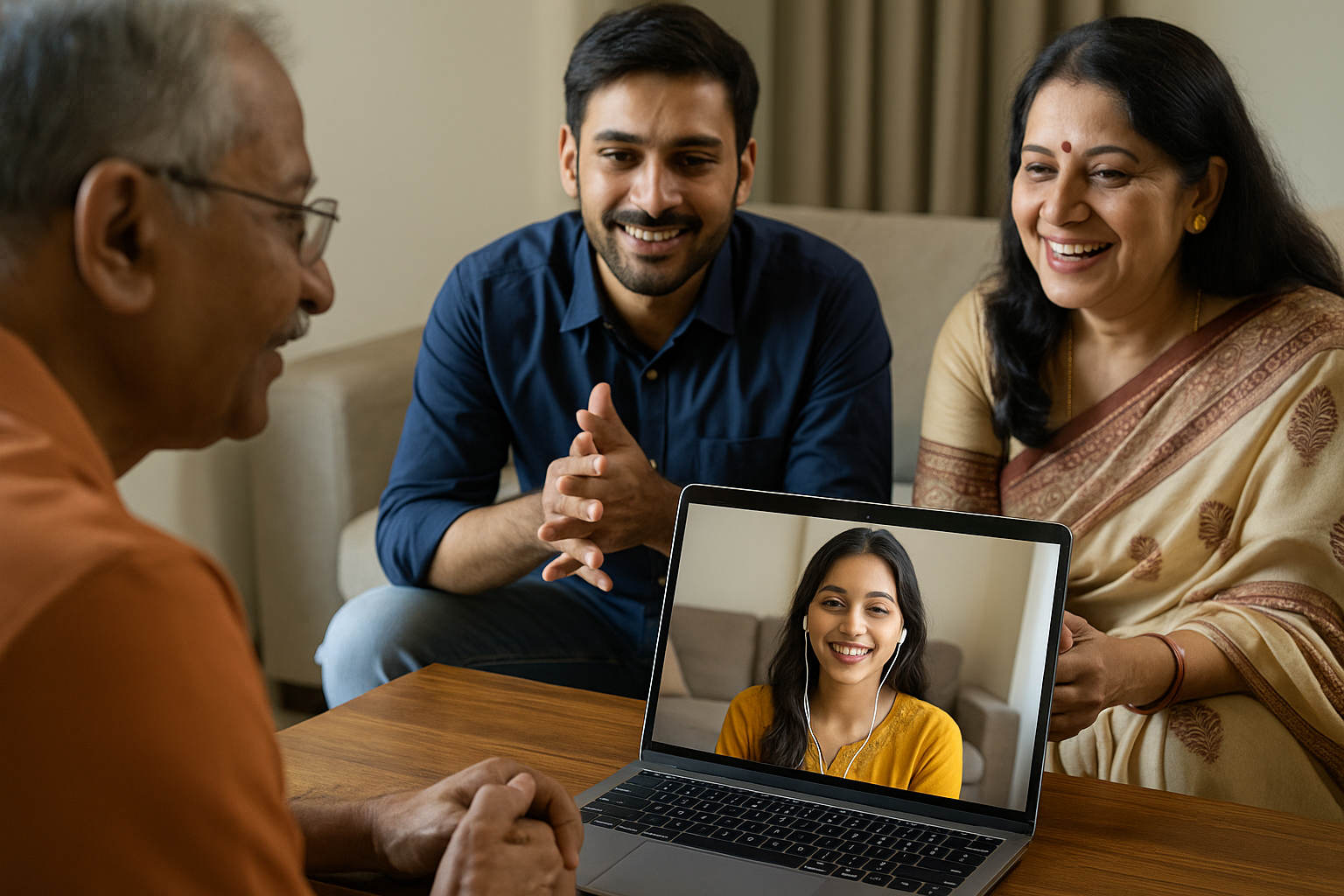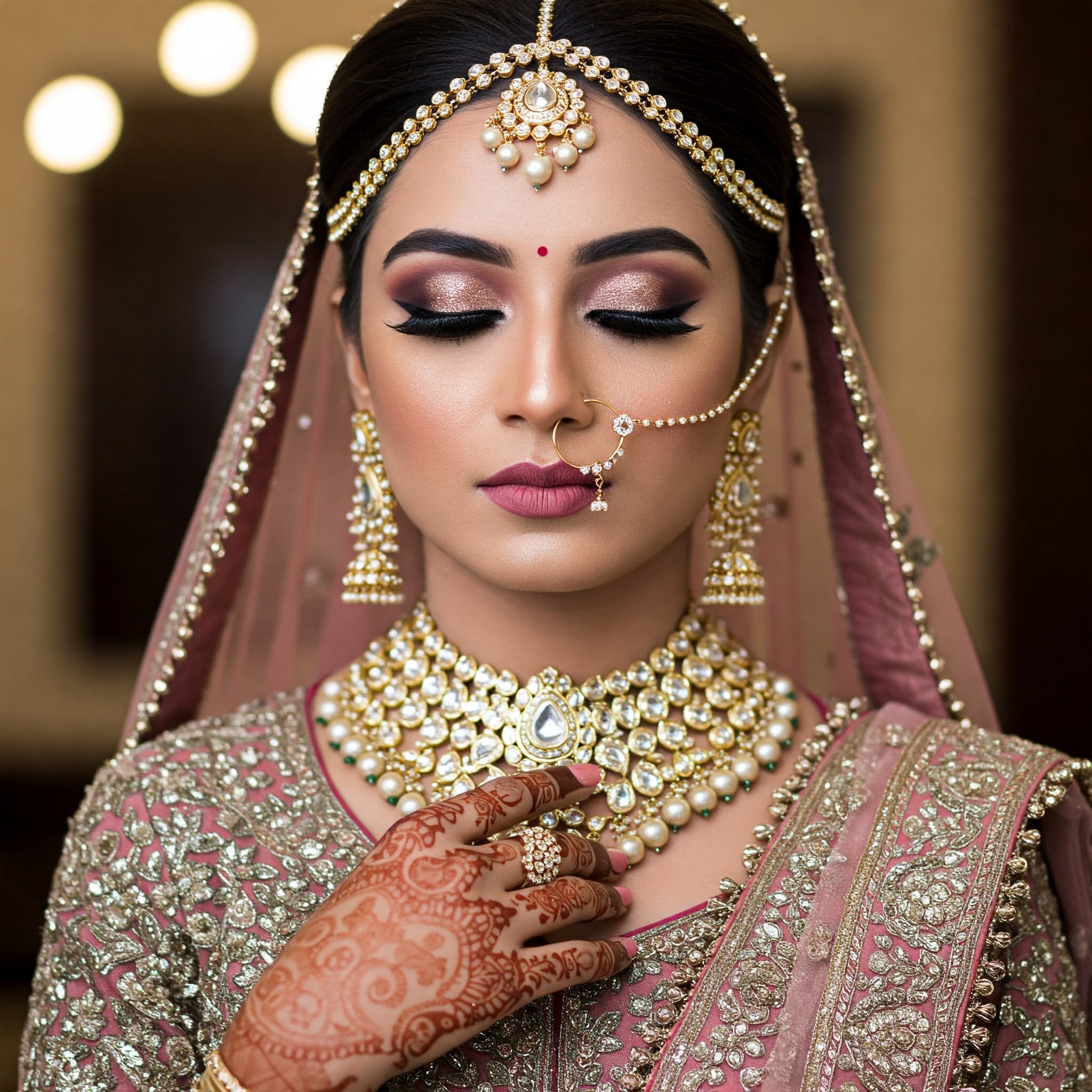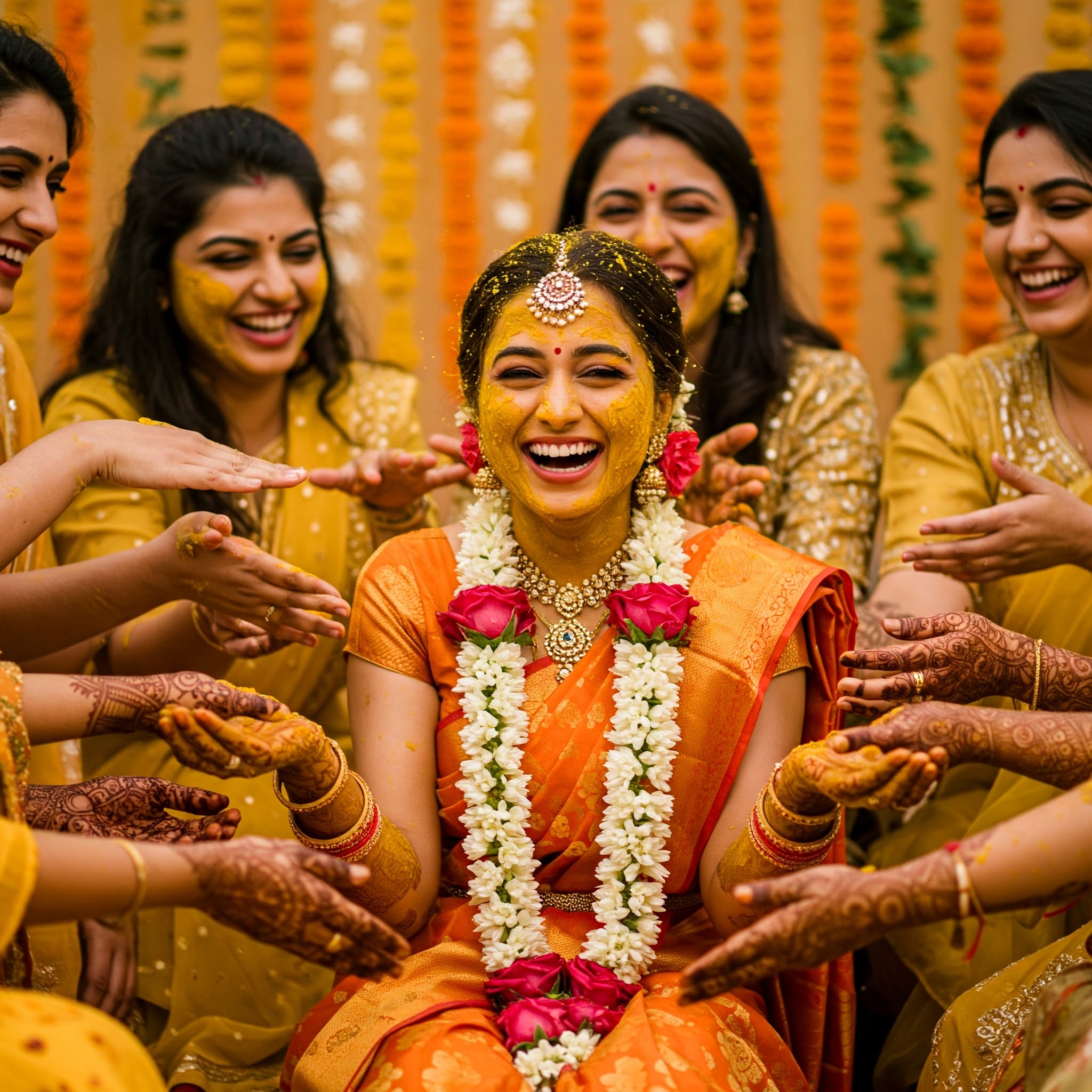
How COVID-19 Changed the Way Indians Use Marriage Matrimony Sites
03-Jul-2025 digi shaadi
Introduction
Before 2020, Indian weddings were known for their grand scale, crowded venues, and lengthy in-person rishta meetings. But when COVID-19 struck, everything changed. Families couldn’t meet. Weddings were cancelled. And yet, people still wanted to find life partners.
What emerged was a digital revolution in Indian matchmaking. From the rise of video rishta culture and virtual weddings to AI-powered compatibility tools and globalised matchmaking habits, the pandemic forever changed how Indians interact with marriage matrimony sites.
This blog explores those changes, their long-term impact, and how platforms like DigiShaadi became the bridge between tradition and technology.
Lockdowns Forced a Digital Leap
The strict lockdowns in 2020 left families with no option but to move their search for a life partner online. Matrimony portals became more than just discovery platforms — they became digital meeting rooms, video conferencing tools, and communication hubs.
In cities and towns alike, people had to relearn how matchmaking works, adapting to a world where initial conversations, family introductions, and even engagement decisions were made without ever shaking hands.
According to our analysis of urban vs rural usage, urban users were quicker to adopt digital tools, while rural families followed with some hesitation but ultimately adapted too.
The Rise of Video Rishta Culture
Before COVID-19, it was common to meet potential partners and their families in person. Now, video calls have become the first and often primary mode of interaction.
Matrimony sites added native video calling features.
Families started attending “digital rishta” meetings on Zoom or Google Meet.
People began evaluating emotional intelligence, mannerisms, and lifestyle compatibility through screens.
In fact, the trend was especially popular among millennials and Gen Z, who already preferred digital-first communication. As noted in Why More Millennials and Gen Z Are Choosing Marriage Matrimony Sites, this generation embraces technology for both convenience and comfort.
Virtual Weddings: A New Reality
When wedding halls closed, couples found a new way to say “I do”.
Marriages were held over Zoom with virtual priests.
Guests attended from different time zones.
Family rituals were live-streamed to loved ones worldwide.
This didn’t just help during the pandemic — it lowered costs, reduced planning stress, and opened new possibilities for cross-border weddings. Many NRIs especially benefitted from these innovations, blending traditional customs with global accessibility.
As seen in regional vs global marriage matrimony sites, global matchmaking has become easier with digital tools, and virtual weddings were an extension of that transformation.
Digital Comfort Made Matchmaking More Inclusive
Previously, introverts or those who found traditional matchmaking settings intimidating were at a disadvantage.
But Now:
Virtual rishta meetings reduce social pressure.
People can express themselves from the safety of their homes.
Communication becomes more focused and honest.
This shift especially benefited working professionals who found it hard to attend endless meetings or spend hours commuting to meet someone they barely knew.
Our blog on How Working Professionals in India Use Matrimony Portals highlights how convenience, filters, and digital timelines are helping career-focused individuals take control of their marriage decisions.
Safety Became the 1st Priority
COVID-19 emphasised the importance of security, privacy, and profile authenticity. Matrimony platforms responded by:
Adding better verification tools
-
Using AI to detect fake accounts
-
Offering background checks or video KYC
This built trust among users who were now making big life decisions from their screens.
DigiShaadi has published essential safety tips in How to Avoid Scams on Indian Matrimony Portals, highlighting red flags, fake biodata patterns, and how technology can offer protective layers.
Increased Dependence on Compatibility Matching
Without physical meetings to create chemistry, users leaned more on compatibility scores, AI recommendations, and behavioural indicators.
As discussed in AI and Compatibility Matching: The Future of Marriage Matrimony Sites, platforms began using machine learning to understand:
Emotional tone of conversations
-
Shared interests
-
Lifestyle alignment
-
Communication frequency
This AI-driven compatibility approach didn’t just fill the gap — it became a superior alternative to community-based filters.
Faith-Based and Astrological Tools Went Digital Too
In a country where religion and astrology still guide decisions, even these traditional elements had to adapt to the online format.
Horoscope matching tools became digitised.
-
Families consulted astrologers via Zoom.
-
Faith-based values were shared through video testimonials or interviews.
The blend of ancient and modern was beautifully covered in The Role of Horoscope Matching in Indian Matrimony Portals and Discussing Faith Early in Christian Matrimony.
Demand for Education and Guidance Grew
As new users — especially parents and older generations — entered the digital matchmaking space for the first time, platforms had to:
Offer tutorials on how to use filters, send requests, or verify profiles
-
Provide tips on creating strong bios and managing expectations
-
Share blogs, videos, and how-to guides
One such guide is How to Choose the Right Matrimony Portal in India, which helps families select the best platform based on needs like community focus, features, and safety.
More Thoughtful Matches and Slower Decisions
Interestingly, the pandemic also made people pause and reflect on what really matters in a partner. Many users reported that:
They spent more time chatting before meeting
-
They prioritized values and emotional connection
-
They became more open-minded about caste, location, and income
This mirrors broader social shifts noted in Top Trends in Indian Matrimony Portals in 2025, where personal growth, emotional maturity, and compatibility matter more than biodata checklists.
Long-Term Impact: What's Here to Stay?
The pandemic may have been temporary, but many habits it introduced are here to stay:
Video rishta meetings will remain a preferred first step
AI and behavioral compatibility tools will evolve further
Virtual weddings will be normalized for NRIs or low-budget families
More users will demand transparency, safety, and personalisation.
Digital-first matchmaking will keep growing among all age groups
Conclusion: COVID as a Catalyst for Matrimonial Innovation
COVID-19 may have started as a disruption, but it became a catalyst for digital transformation in Indian matrimony. Platforms didn’t just survive — they adapted, innovated, and helped millions move forward in their search for love.
Whether it’s AI-powered filters, video chats, or secure digital rituals, the marriage journey is now smoother, smarter, and surprisingly more meaningful.
As DigiShaadi continues to blend tech, tradition, and trust, one thing is clear: the way Indians approach marriage has changed — and it’s never going back.




